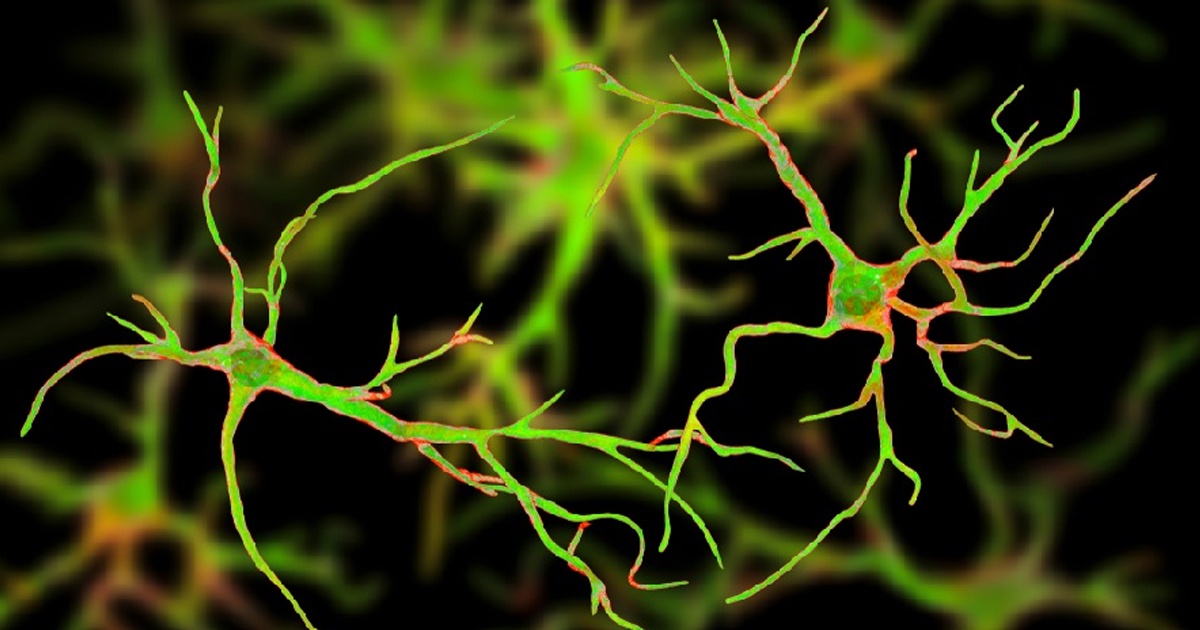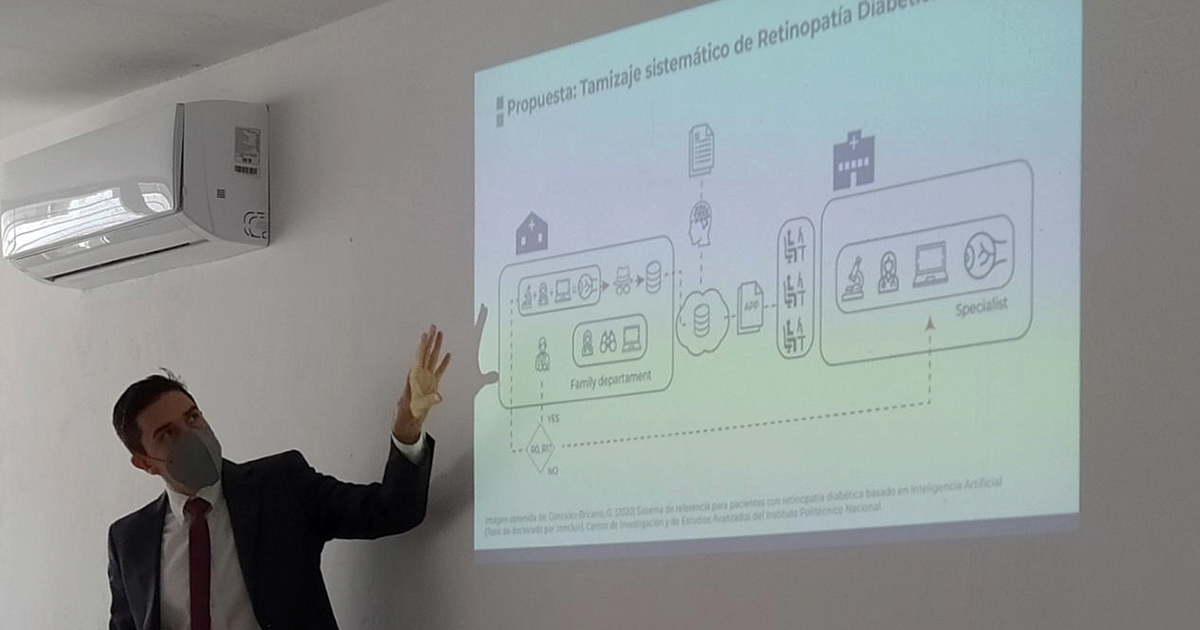The University of Minnesota Medical School presented new research about a potential treatment for synthetic drug addiction.
This research aims at this possible treatment against drug addiction through astrocytes. The study was published in Neuron, whose hypothesis holds that calcium signaling of astrocytes could decrease the behavioral effects of amphetamine.
Dopamine benefits the brain's reward processes, contributing to learning and memory. Dopamine discontinuation is associated with disorders related to addiction and the use of substances such as amphetamines.
The study shows that astrocytes contribute to information processing and how organisms work, beyond their traditional consideration as "support cells" for the brain.
The research was led by Dr. Michelle Corkrum, in which they found that astrocytes respond to dopamine with calcium increases in the nucleus accumbens, a group of brain neurons that function as one of the main reward centers in the brain. “This increase in calcium was related to the release of ATP/adenosine to modulate neural activity in the nucleus accumbens. Then, they looked specifically at amphetamine because it is known to increase dopamine and psychomotor activity in organisms. They found that astrocytes respond to amphetamine with increases in calcium, and if astrocyte activity is ablated, the behavioral effect of amphetamine decreases in a mouse model.”

Corkrum explained the advances found through this research: “These findings suggest that astrocytes contribute to amphetamine signaling, dopamine signaling and overall reward signaling in the brain,” Corkrum said. “Because of this, astrocytes are a potentially novel cell type that can be specifically targeted to develop efficacious therapies for diseases with dysregulated dopamine.”
The Faculty of Medicine will continue the research and conduct further tests to determine the amount of activity of the astrocytes according to the stage of addiction.






